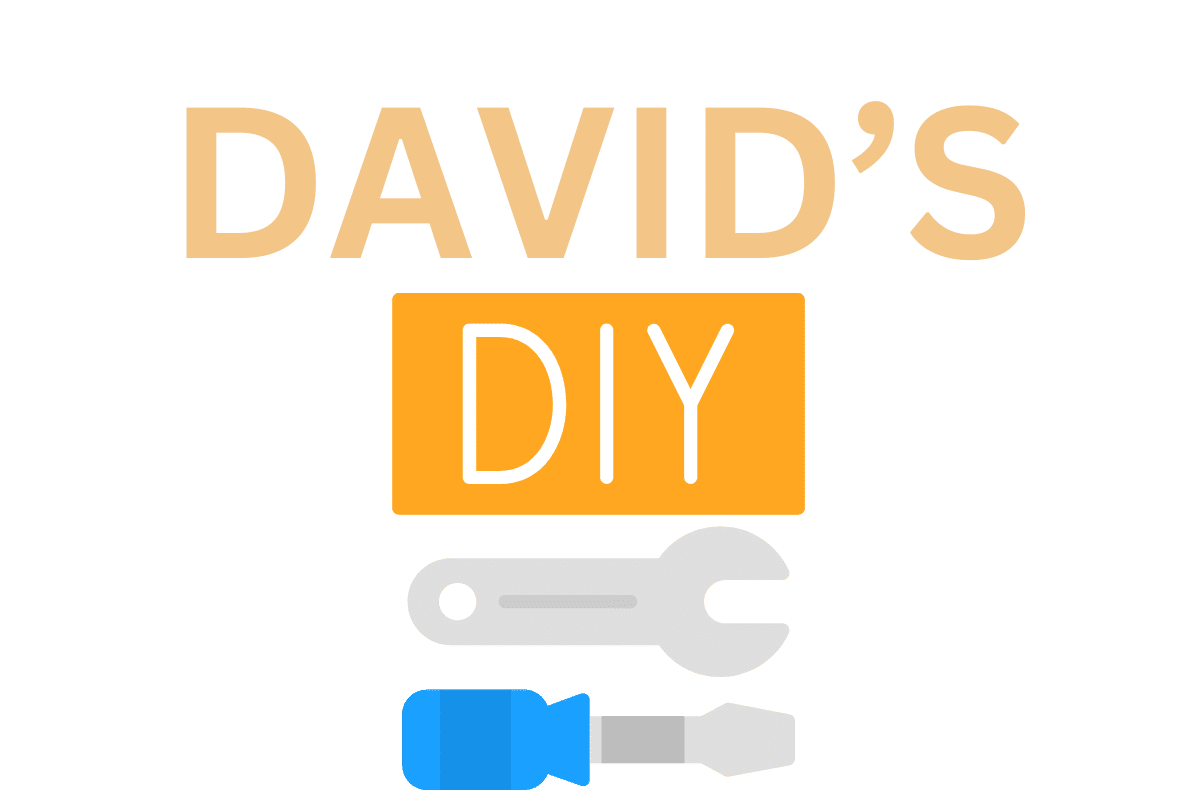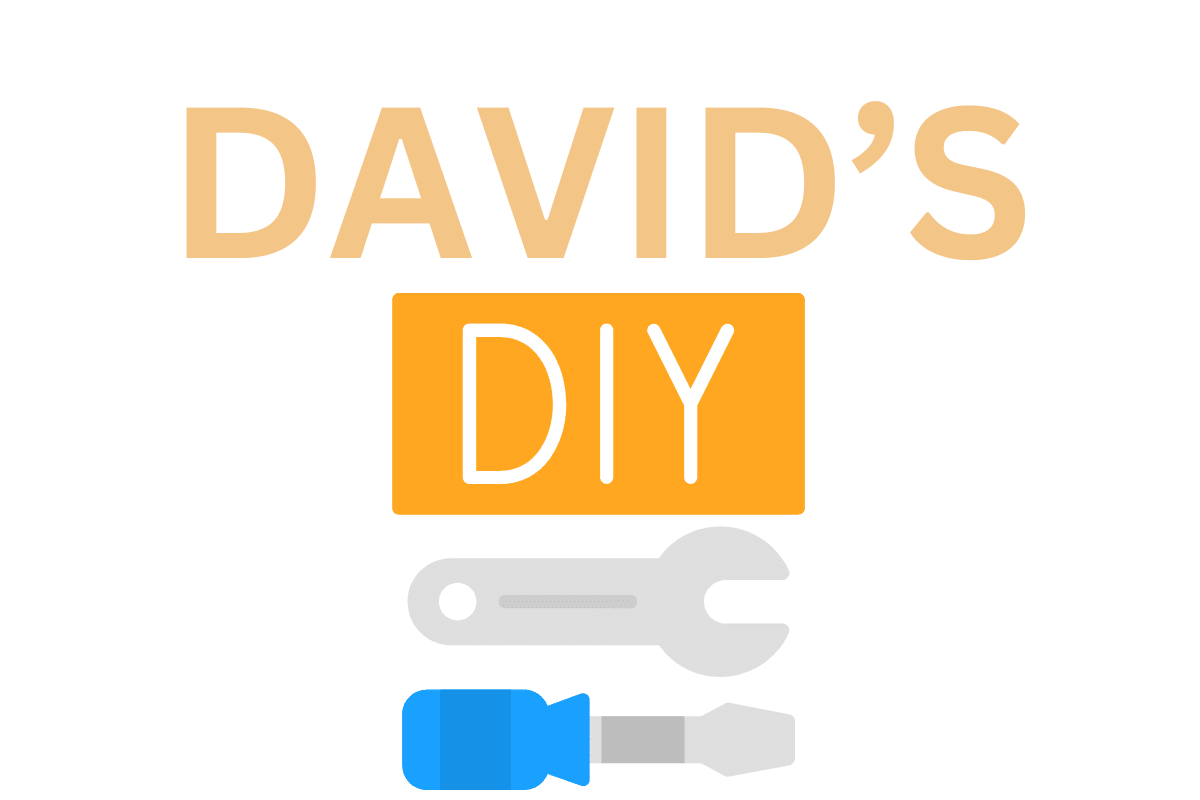As I stood in front of the vintage car, its once gleaming body now faded and weathered, I knew the journey ahead would be challenging yet rewarding. The process of restoring a classic automobile as a beginner is akin to unraveling a intricate puzzle, each piece holding a crucial role in bringing the vehicle back to its former glory. From selecting the right vintage model to mastering the art of sourcing rare parts, the road ahead is paved with lessons in patience, perseverance, and a deep appreciation for automotive craftsmanship.
Selecting the Right Vintage Car
When diving into the world of vintage car restoration, the initial step is selecting a model that aligns with your skill level and restoration goals. Researching models is crucial; it’s essential to find a vehicle that matches your abilities. Look for models with available parts, a supportive community, and clear documentation. Ensure the car you choose resonates with you; this emotional connection will keep you motivated through the restoration process.
Budget considerations play a significant role in selecting the right vintage car. Assess how much you are willing to spend not only on purchasing the vehicle but also on the restoration process. Factor in the cost of parts, tools, and any professional services you might need. Consider starting with a model that is less complex and more affordable if you are new to restoration. Remember, restoring a vintage car can be a fulfilling experience, but it requires careful planning and financial discipline.
Setting Up Your Workspace
When setting up your workspace for restoring a vintage car, it’s crucial to organize your tools efficiently to save time and reduce frustration during the restoration process. Maximizing your workspace layout will not only improve your workflow but also ensure that you have ample space to maneuver around the vehicle as needed. By setting up a well-structured workspace, you’ll create an environment that promotes productivity and helps you stay focused on the task at hand.
Organize Tools Efficiently
To efficiently organize tools in your workspace for restoring a vintage car, start by categorizing and arranging them based on frequency of use and accessibility. Here are some tips to help you set up your workspace effectively:
- Tool Maintenance: Regularly clean and inspect your tools to ensure they are in good working condition.
- Storage Solutions: Utilize toolboxes, pegboards, or drawers to keep your tools organized and easily accessible.
- Tool Budget: Set a budget for purchasing new tools and consider second-hand options to save money.
- Shopping Strategy: Prioritize buying essential tools first and gradually expand your collection as needed.
Maximize Workspace Layout
Efficiently organizing tools in your workspace is crucial for restoring a vintage car, and maximizing the layout of your workspace plays a key role in this process. To create an efficient workspace, consider storage solutions and tool organization. A well-organized workspace not only enhances workspace ergonomics but also streamlines workflow optimization. Utilize pegboards, tool chests, and shelving units to keep your tools easily accessible and in order. Place commonly used tools closer to your primary work area for quick access. Ensure adequate lighting and ventilation to create a comfortable working environment. By optimizing your workspace layout with smart storage solutions and efficient tool organization, you’ll enhance your productivity and overall enjoyment of the restoration process.
| Tool Storage Solutions | Workspace Ergonomics | Workflow Optimization |
|---|---|---|
| Pegboards | Proper tool height | Logical tool placement |
| Tool Chests | Comfortable seating | Task-specific zones |
| Shelving Units | Adequate lighting | Efficient tool retrieval |
Building Your Restoration Plan
When embarking on the restoration journey of a vintage car, the first crucial step is setting clear project goals. Determining what needs to be done and establishing a timeline for completion is essential for a successful restoration plan. By allocating time effectively to each task, you ensure progress and prevent feeling overwhelmed by the project’s scope.
Setting Project Goals
Crafting a meticulous and comprehensive restoration plan is the essential cornerstone of successfully restoring a vintage car as a beginner. When setting project goals for your restoration journey, consider the following:
- Goal tracking: Define clear objectives for each phase of the restoration process, such as engine overhaul or bodywork repairs.
- Progress monitoring: Regularly assess your accomplishments against the set goals to stay on track and motivated.
- Time management: Allocate specific timeframes for each task to ensure steady progress without feeling overwhelmed.
- Skill development: Identify areas where you need to enhance your skills, whether it’s welding, painting, or engine tuning, and plan to learn and practice these skills throughout the project.
Allocating Time Effectively
To effectively allocate time when building your restoration plan, it is crucial to break down the project into manageable tasks with specific timeframes for completion. By prioritizing tasks and creating a detailed schedule, you can ensure steady progress towards restoring your vintage car. Here is a breakdown of how you can allocate time effectively:
| Task | Timeframe | Priority |
|---|---|---|
| Research parts | 1 week | High |
| Engine restoration | 2 months | High |
| Bodywork | 3 months | Medium |
| Interior refurbishment | 1 month | Medium |
| Final detailing | 2 weeks | Low |
Learning Basic Car Mechanics
Delving into the world of vintage car restoration requires a fundamental understanding of basic car mechanics. As a beginner, learning basic car mechanics is an essential first step in your journey to reviving a classic automobile. Here are some key aspects to focus on:
-
Basic Car Maintenance: Start by getting hands-on with basic car maintenance tasks like changing oil, replacing air filters, and checking tire pressure. These simple tasks will help you familiarize yourself with your vintage car and its needs.
-
Understanding Engine Components: Begin with a beginner’s guide to understanding engine components. Learn about the different parts of the engine, such as the pistons, cylinders, and spark plugs. Understanding how these components work together will give you a solid foundation for more advanced repairs.
-
Hands-On Learning: Don’t just read about car mechanics; get hands-on with your vehicle. Take the time to inspect parts, dismantle components, and put them back together. This practical experience will deepen your understanding and confidence in working on your vintage car.
-
Seek Guidance: Don’t hesitate to seek guidance from experienced mechanics, online forums, or local car clubs. Learning from others’ experiences and knowledge can provide valuable insights and tips as you navigate the world of basic car mechanics.
Sourcing Parts and Tools
As I progress in my vintage car restoration journey, the next critical step involves efficiently sourcing the necessary parts and tools for the project. When it comes to finding quality parts, I balance between online and local options. Online stores offer a vast selection, often providing rare components at competitive prices. However, local shops can sometimes offer convenience, personalized service, and immediate availability, particularly for common items.
In terms of budget-friendly tool alternatives, I’ve learned to be resourceful. While high-end tools are tempting, there are affordable options that get the job done just as effectively. Thrift stores, garage sales, and online marketplaces are treasure troves for pre-owned tools in good condition. Additionally, renting specialized tools for one-time use can significantly cut costs without compromising on quality.
Troubleshooting and Problem-Solving
Navigating through the intricacies of vintage car restoration, identifying and addressing mechanical issues is crucial for progress and success in the project. When troubleshooting problems with a vintage car, it’s essential to approach the task systematically. Here are four key steps to effectively diagnose issues and find solutions:
-
Listen to Your Car: Pay attention to any unusual sounds or vibrations. These can often provide clues about potential issues with the engine, transmission, or other components.
-
Inspect Thoroughly: Take the time to visually inspect all parts of the vehicle. Look for leaks, corrosion, loose connections, or any signs of wear and tear that could be causing problems.
-
Consult Resources: Don’t hesitate to seek advice from experienced mechanics, online forums, or vintage car restoration guides. Their expertise can offer valuable insights into common issues and solutions.
-
Keep a Detailed Log: Document your troubleshooting process, including the steps you’ve taken and the outcomes. This log can help track your progress and ensure you don’t overlook any important details.

